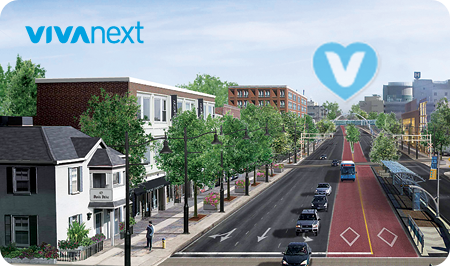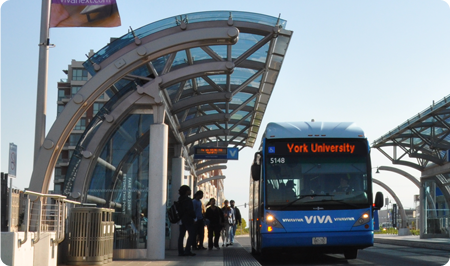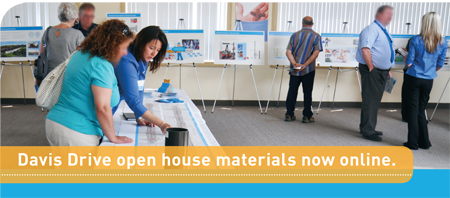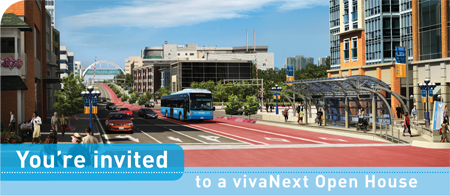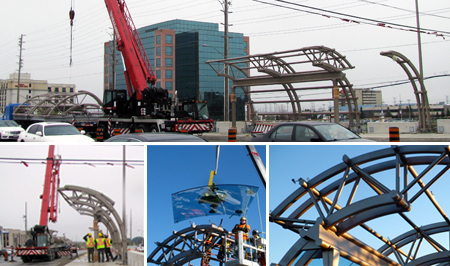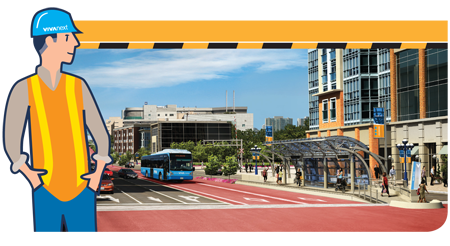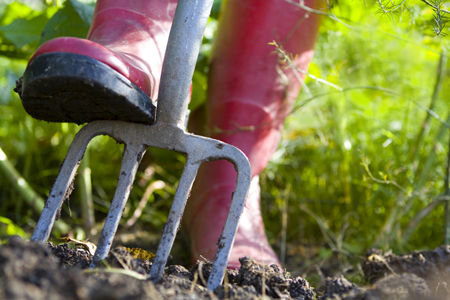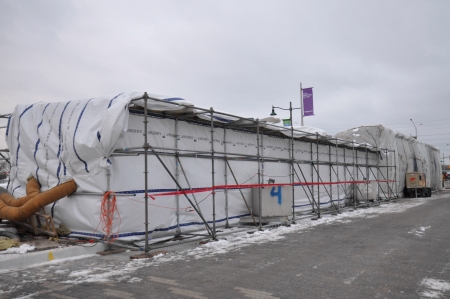In 2015, Newmarket’s Davis Drive will be among the first to debut dedicated lanes for viva and a pedestrian-friendly boulevard with greenery, shopping, businesses and cultural activities. We’re excited to say that construction is in full swing to get us from here to there, including shifting hydro poles and other utilities farther from the road, moving gas lines on the north and south sides of Davis Drive and ongoing work on the new Keith Bridge before traffic can start using it later this year.
That’s why we were quite thrilled to have the opportunity to directly interact with residents at our recent Davis Drive open house and share with them the vision for this key area, how construction is progressing and to hear what they had to say about our community. Many expressed joy and excitement about Newmarket and where it is heading. Below are some of our favourite answers to the question: What do YOU love most about Newmarket?
“Newmarket has ‘blossomed’ in recent years. I love that there are so many parks in such a small area. I’m glad to hear about all the plans to revitalize the town to make it even more attractive. We moved here from Thornhill last fall. We find the neighbours, and people in general, to be very friendly. We love Newmarket!”
“The culture; how it has everything you need in terms of big box stores, but also is rich in local business with gems everywhere. The improvement to Davis is most welcome and this is the stretch of Newmarket where history, culture, local businesses, and ‘town life’ need to be maintained”
“Newmarket is a great town filled with lots of friendly people with an optimistic view. Looking at your drawings and projects, things will really get even better. I wish you all the best with this good-looking town. I love living here, and remain interested and eager to see what will happen in the future.”
We feel the same, and would like to thank all those who live and work in Newmarket for their patience and understanding as construction continues and the transformation takes shape. To get the latest construction notices and project newsletters, sign up for updates and feel free to contact your Community Liaison, Michelle Dudzik, with any questions or concerns you may have at 905 886 6767 ext. 1096 or michelle.dudzik@york.ca.

